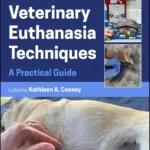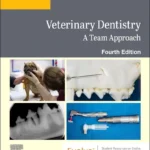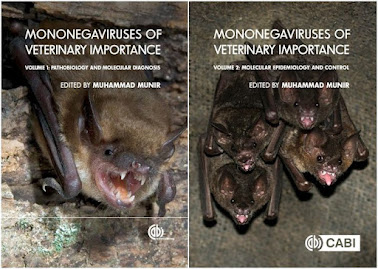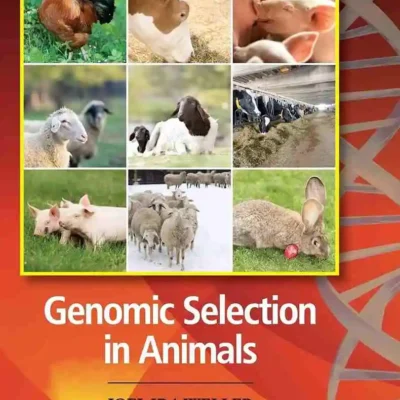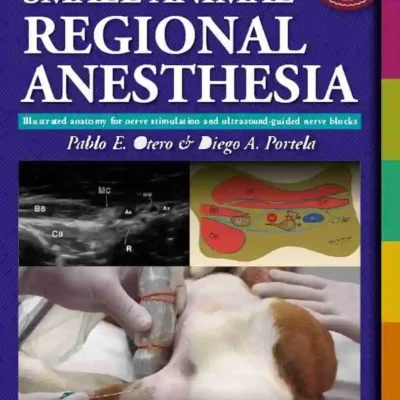Mononegaviruses of Veterinary Importance (Volume 1 &2)
Mononegaviruses of Veterinary Importance, Volume 1. Pathobiology and Molecular Diagnosis
by M Munir
November 2013
Mononegavirales is a family of viruses affecting large, small and marine animals. Discussing the pathology and laboratory diagnosis of important viruses, this book covers those strains that cause a significant threat to animals in terms of their severity and epidemiological risk, as well as those which are used as models in the study of infectious disease. Also including viruses with zoonotic potential, this book reviews the literature for Rhinderpest, Rabies, Ebola and more.
- Discusses the pathology and laboratory diagnosis of viruses that carry a significant threat to animals in terms of their severity and epidemiological risk
- Also looks at mononegavirales that are used as models in the study of infectious disease
- Includes viruses with zoonotic potential
- Discusses the key viruses that cause significant threat to animals in terms of severity and epidemiological risk
Mononegaviruses of Veterinary Importance, Volume 2. Molecular Epidemiology and Control
by M Munir
December 2016
The Mononegavirales is an order of viruses affecting large, small and marine animals and is responsible for diseases including Rinderpest, Rabies and Ebola. This book discusses the epidemiology and control of Mononegaviruses that pose a significant threat to animals in terms of severity and epidemiological risk. The book also addresses viruses with zoonotic potential, and many that can be used as models in the study of infectious disease.
With its comprehensive coverage, each chapter is dedicated to a different disease and has been authored by renowned scientists who have made seminal contributions to the field. This prestige reference work is arranged over two volumes: volume 1 pathobiology and molecular diagnosis, and volume 2 molecular epidemiology and control. This broad ranging text covers mononegaviral diseases of livestock, horses, dogs and cats as well as rodents, primates, fish and marine mammals, and will be a valuable reference source for virologists, field veterinarians, infection and molecular biologists as well as immunologists and animal scientists.
PDF 19.3 MB fn


